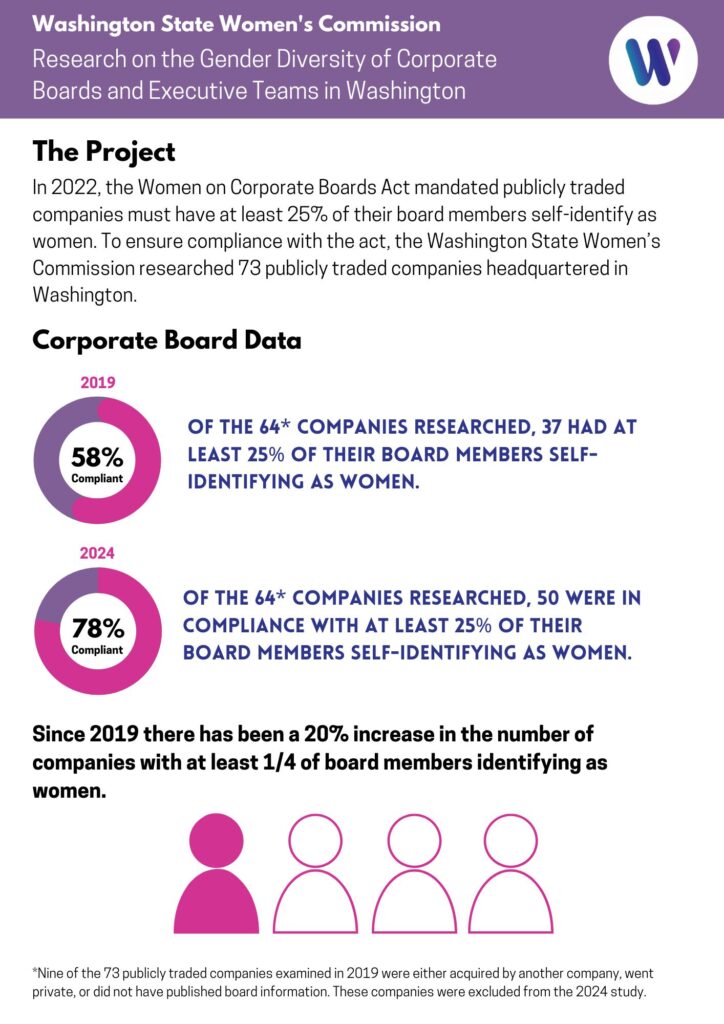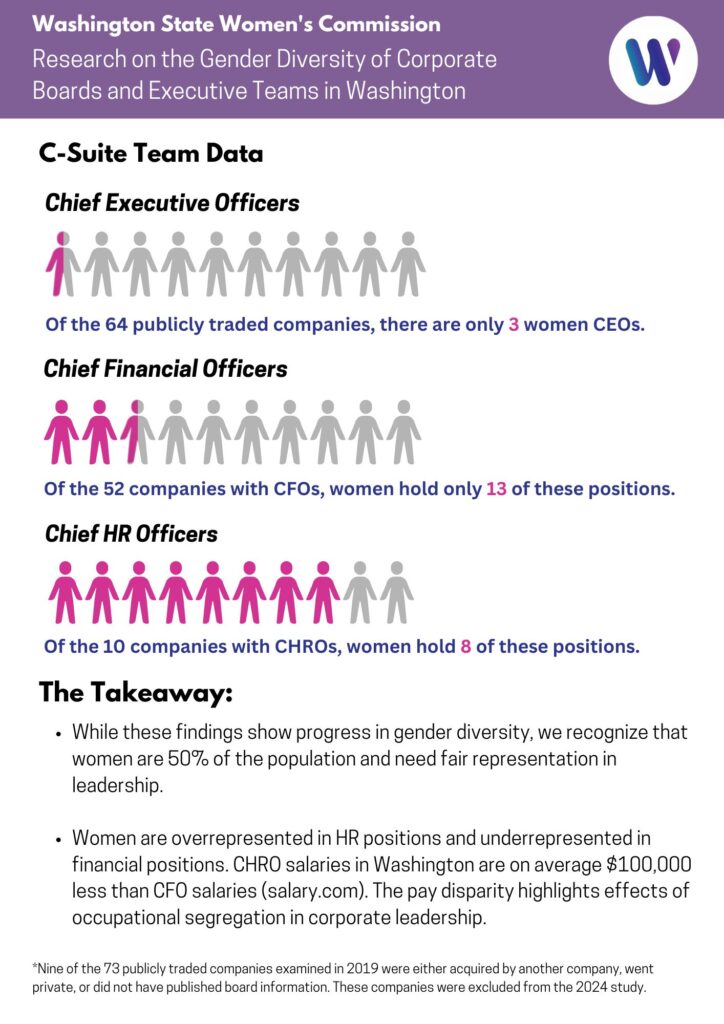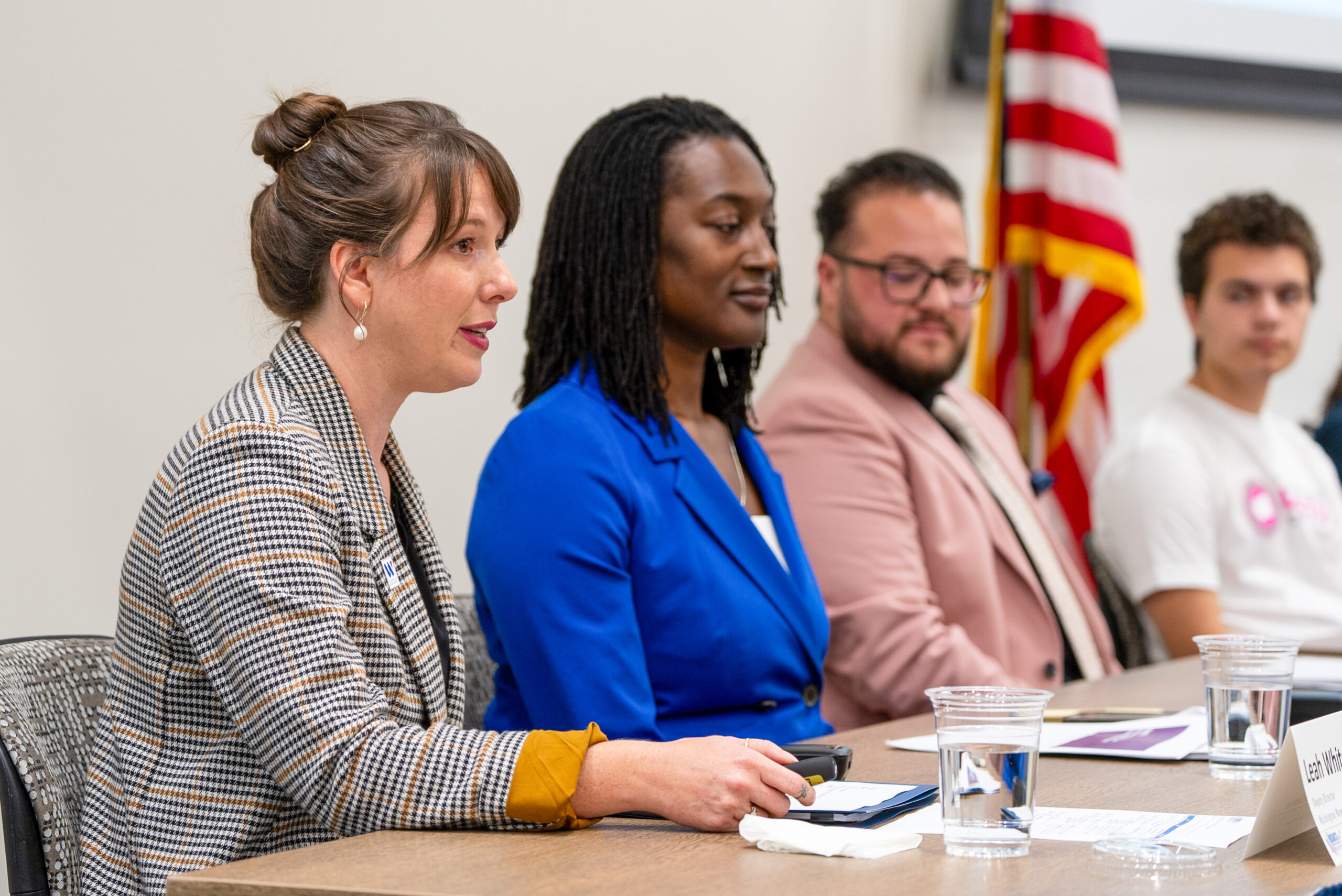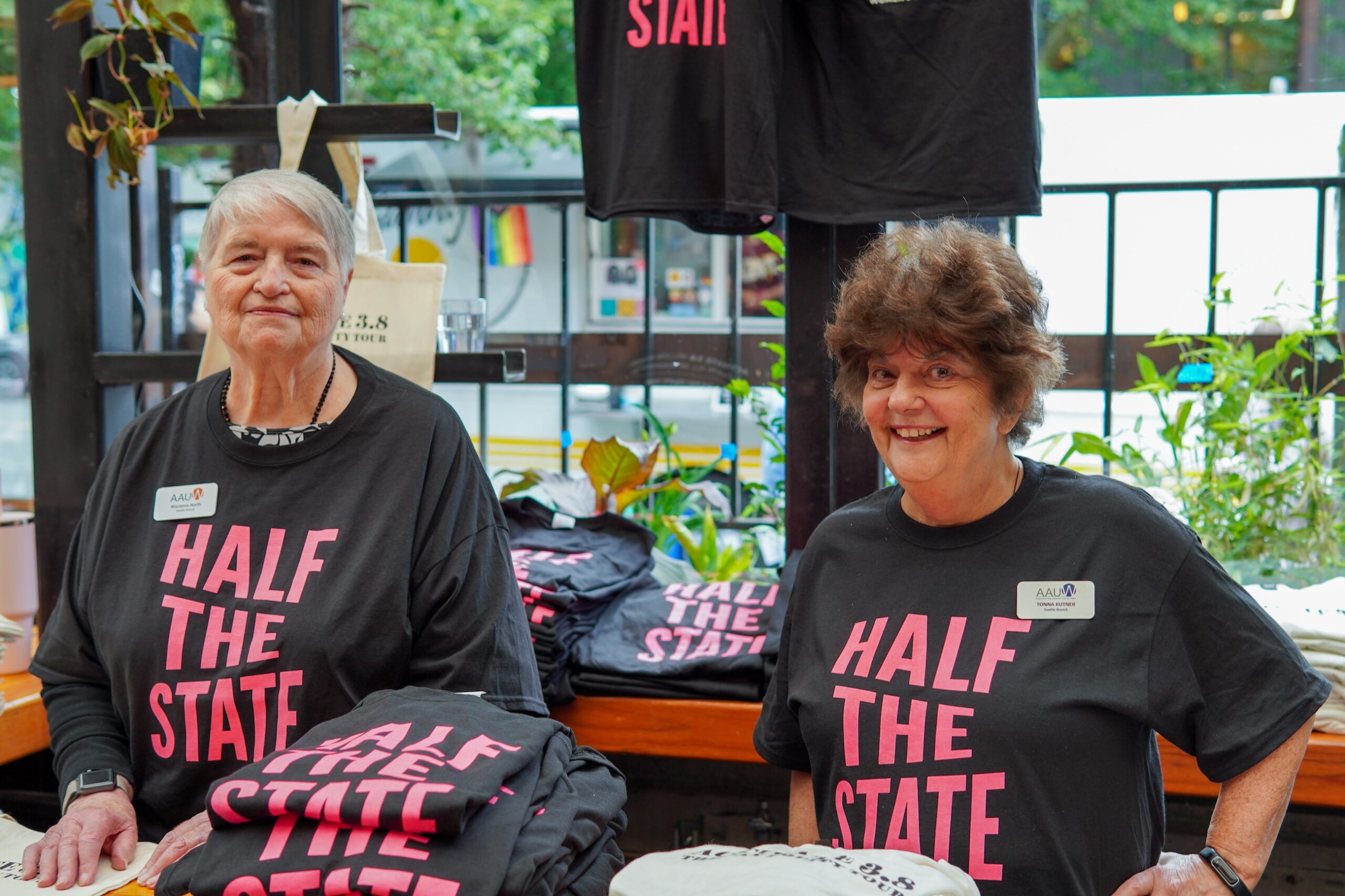WSWC Intern Highlights Progress in Gender Diversity on Corporate Boards Since 2019
May 31, 2024
Meet Olivia!
Hello! My name is Olivia Efird, and I had the honor of interning for the Washington State Women’s Commission this spring. I am a rising senior in college studying Health Promotion and Disease Prevention with a passion for addressing gender equity within my community. I joined the Women’s Commission team hoping to expand my understanding of public policy and learn how to champion gender equity at the governmental level.

During my internship, I focused on updating research on the Women on Corporate Boards Act that went into effect in January 2022. This act requires that publicly traded companies headquartered in Washington must have at least 25% of their board members self-identify as women, or they must provide shareholders with a discussion of board diversity and analysis. Using a list of the 73 publicly traded companies, I investigated the gender make-up of each corporate board to determine compliance with the 25% metric and looked at the gender diversity of each company’s c-suite team. This posed challenges, as not all companies had published information indicating demographics of their board members. I had to do extensive research to discover the gender diversity of each individual board. Additionally, changes in the number of publicly traded companies due to mergers and acquisitions since 2019 made it difficult to compare the data. To address these discrepancies, I excluded 9 companies that no longer had any data about their board members from my final report.
My findings revealed that in 2019, 58% of companies were compliant with the 25% metric, while in 2024, 78% of companies met the metric. Regarding c-suite team diversity, my findings showed that of all the Chief Executive Officers (CEO) for the 64 companies included in the study, only 3 are women. Women are also underrepresented among the Chief Financial Officers (CFO), holding only 25% of these positions. Contrastingly, research showed women make up 80% of the Chief HR Officers (CHRO). This data points to issues regarding occupational segregation and equitable compensation since CFOs make an average of $100,000 more than CHROs in Washington (salary.com).
The significant gains in the amount of women on corporate boards are encouraging and demonstrate the power of policy in effecting change. However, 25% is not enough when women make up half of Washington’s population. We need fair and proportional representation to effectively address equal compensation issues and advocate for the needs of women and girls. As I wrap up my time at the Women’s Commission and look ahead into my future, I am grateful for the opportunity to identify and reveal these gaps in leadership. I am also determined to continue advocating for gender equity and become a leader in my field to drive positive change for the 3.8 million women and girls in Washington state.
Findings





